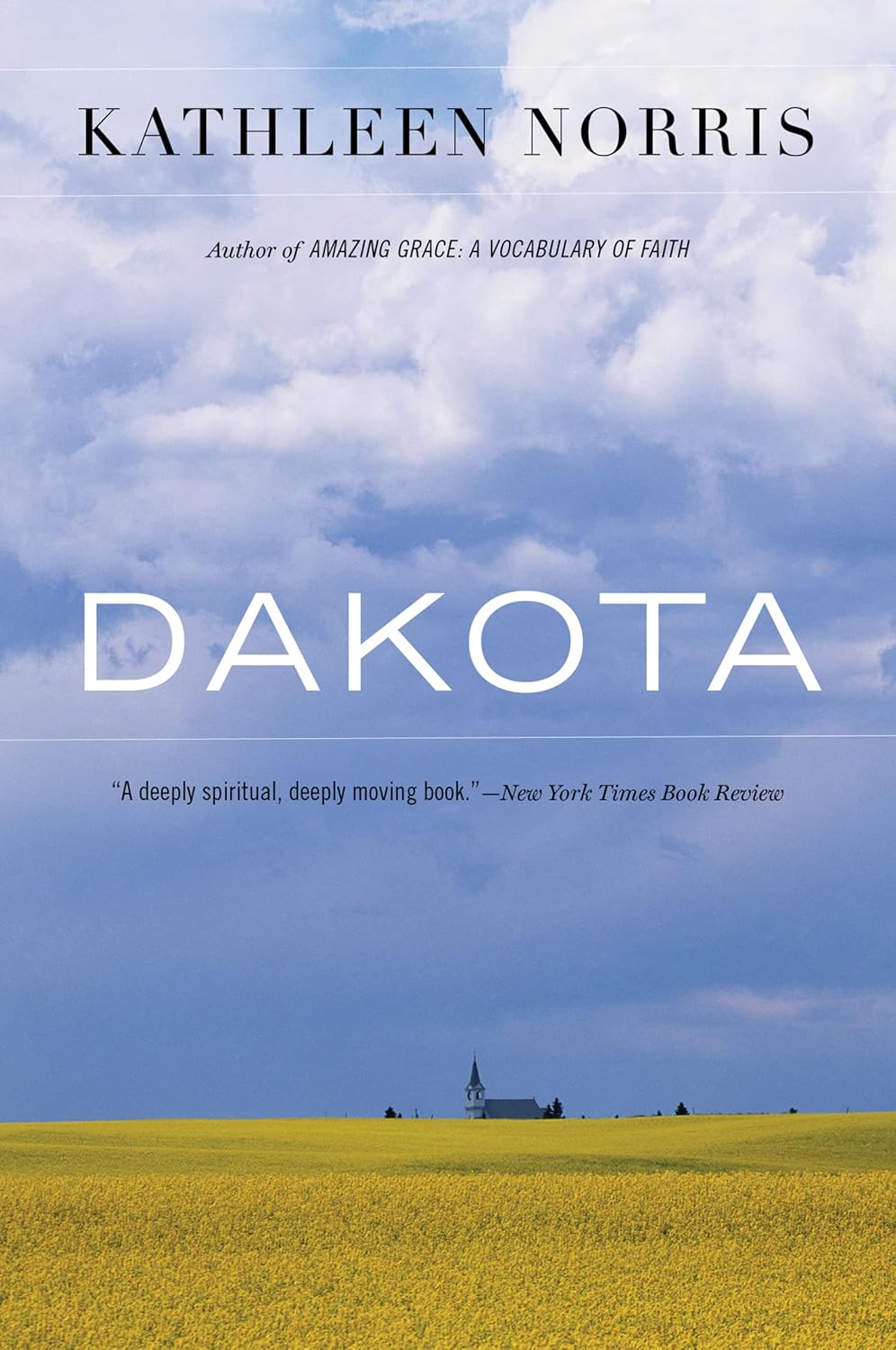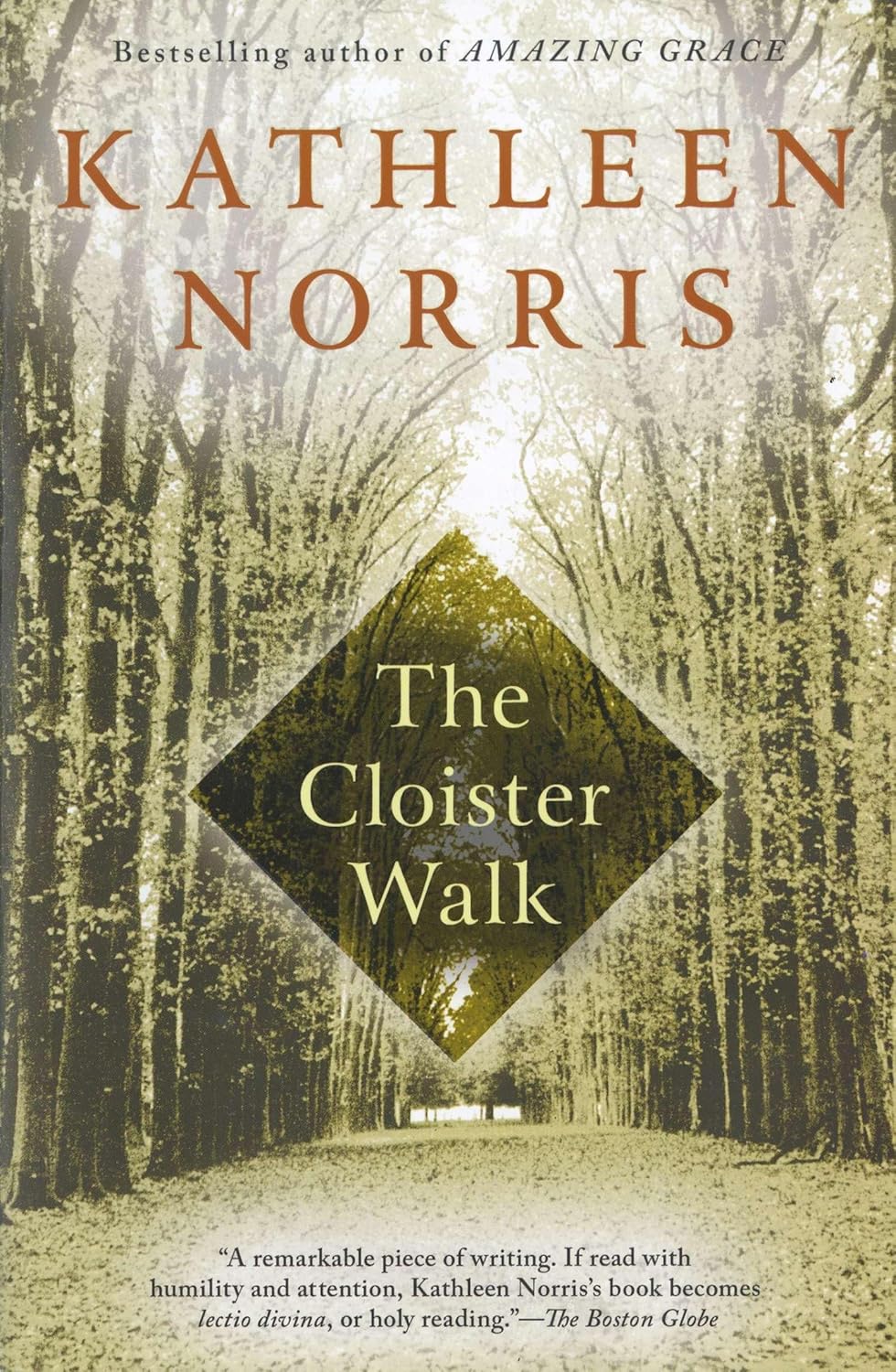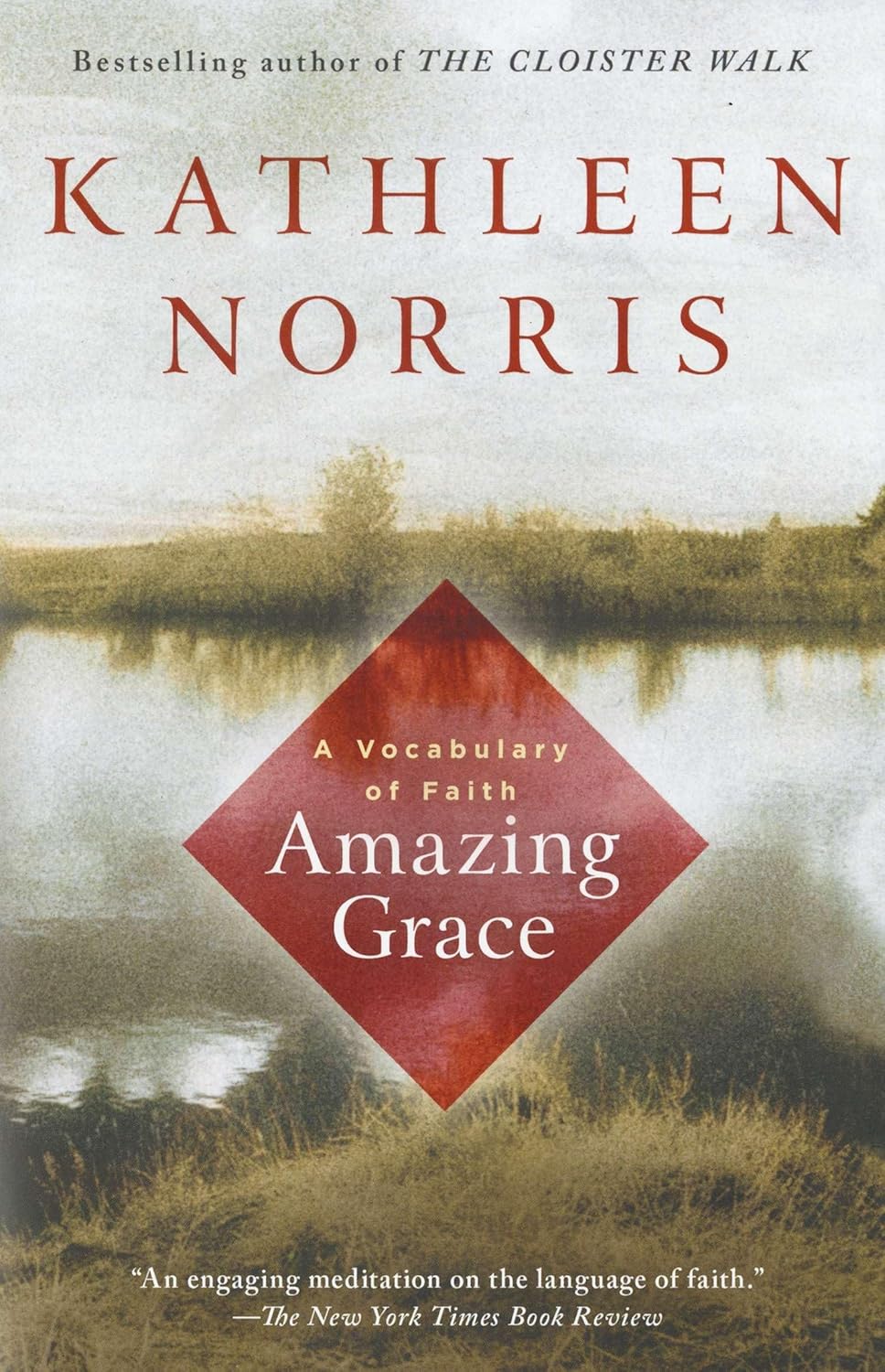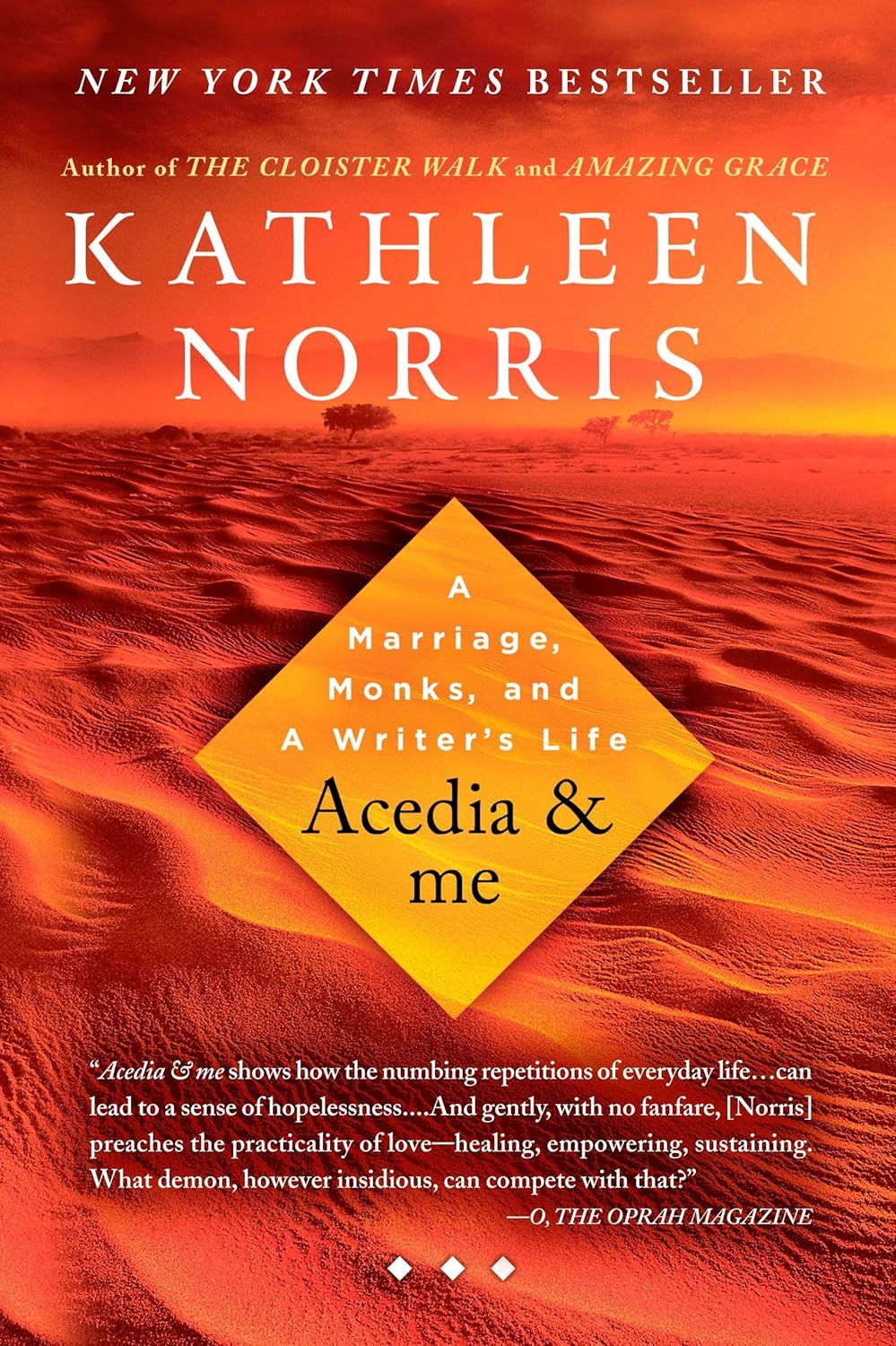Kathleen Norris is a distinctive voice in modern American letters, blending poetry, memoir, and spiritual meditation to explore the complexities of belief, society, and the rhythm of everyday existence. Her writing has moved millions of readers, providing a window into what is holy and what is common and forging a powerful bond between the individual and the universal.
Early Life and Education
Kathleen Norris was born in Washington, D.C. on July 27, 1947, but grew up primarily in the Midwest. Brought up in a literary and devout household, Norris matured with an acute consciousness of the confluence of word and spirit. Her maternal grandparents lived in Lemmon, South Dakota, a rural town on the Great Plains, and Norris’ frequent visits there would profoundly influence her later writing.
From an early age, Norris was drawn to poetry and storytelling. She attended Bennington College in Vermont, a school renowned for its artistic community and emphasis on creative expression. At Bennington, Norris studied English and delved into literature and poetry, where she early encountered the outlines of her distinct voice.
The Move to New York and Her Early Career
After graduating from Bennington in the late ’60s, Norris relocated to NYC, where she joined the dynamic arts scene. She discovered work at the Academy of American Poets, binding with other scribes and absorbing herself in the city’s literary scene. Norris would publish her first two poetry collections, Falling Off (1971) and The Middle of the World (1981), both of which received critical acclaim for lyrical power and depth of imagery.
These early works demonstrate Norris’s talent for rejoicing in the personal and the philosophical, musing on love and loss, identity and the pursuit of meaning amidst the chaos of the world. Her poetry, grounded in the quotidian yet aspiring to the transcendent, started to earn her a reputation as a poet who could straddle the line between the ordinary and the ethereal.
Return to the Plains: Lemmon, South Dakota
In 1974, a turning point came when Norris and her husband, the poet David Dwyer, inherited her grandparents’ home in Lemmon. The newlyweds traded in New York City for the windswept prairies of South Dakota — a radical shift that would end up reshaping both Norris’s private life and his writing.
Lemmon, with its sweeping plains and slow-town beat, provided Norris with both isolation and camaraderie. She took to the local Presbyterian church and the life of the town, all the while documenting her experience in poetry and journals. This return to rural America inaugurated a new chapter in Norris’s writing: one that mined the Plains landscape, the rituals of everyday life, and the spiritual practices that defined her community.

Breakthrough with Nonfiction:
Dakota: A Spiritual Geography
Although Norris still released poetry well into the 1980s, her only breakthrough came with the 1993 publication of Dakota: A Spiritual Geography.” This memoir, a hybrid of personal, historical, and spiritual meditation, rapidly cemented her as a dominant voice in American nonfiction.
In Dakota, Norris delves into the relationship between place and soul, capturing how life on the Plains cultivates both loneliness and community. She pens evocatively about the struggles of rural decay, the allure of heritage, and the quest for purpose in a universe that is frequently apathetic to human yearning. The book was celebrated for its poetic language, candid introspection, and sophisticated appreciation of both spirituality and the natural world.
Dakota was widely acclaimed and a National Book Award finalist. It also exposed a wide readership to Norris’s distinctive style: meditative and rooted in tradition, but not without its skepticism and questioning. The book remains a lodestar for readers passionate about spirituality, place, and how an otherwise mundane life can become a sacred quest.
Working on Faith: The Cloister Walk and Beyond
Riding high on Dakota, Norris plunged deeper into issues of faith, ritual, and seeking God amid life. Her subsequent major work, The Cloister Walk (1996), details her time as a lay oblate (a lay associate) of a Benedictine monastery. In this book, Norris shares her experience at the Saint John’s Abbey in Minnesota, delving into the ancient rhythms of monastic life and contemplating the potency of communal prayer, silence, and contemplation.
The Cloister Walk became a bestseller that resonated with readers from all walks of life. Norris’s candor about her faith faltering, her profound immersion into Christian tradition, and her radiant writing earned her widespread praise. The book played a significant role in igniting a lay and secular revival of monasticism and contemplative spirituality.
Other significant books followed, such as Amazing Grace: A Vocabulary of Faith (1998), which explores the language of religion and the difficulty of finding meaning in words that can often seem outmoded or slippery. Norris unpacks notions such as “judgment,” “salvation,” and “grace,” rooting them in experience and probing their significance for the modern reader. Through this work, she reveals her deep conviction that language—no less than place or ritual—can become a vector for spiritual discovery.
Poetry and Later Work
Throughout her career, Norris has continued to write poetry, publishing new collections and contributing to literary journals. Her poems — be they grounded in the Plains landscape or the inner realm of prayer and contemplation — continue to be distinguished by lucidity, compassion, and an uncompromising quest for truth.
Norris’s later nonfiction works include Acedia & Me: A Marriage, Monks, and a Writer’s Life (2008), a deeply personal exploration of spiritual despair and the ancient concept of “acedia”—a state of listlessness or spiritual dryness. In this book, Norris mixes memoir with historical research, recounting her battles with depression and loss, especially following the demise of her husband. The book stands as evidence of her courage to face the hard and the aching, ever in search of meaning amidst suffering.
Influence and Legacy
Among the many honors she’s received for her writing are fellowships from the Guggenheim and Bush foundations. Her writings are taught across literature, spirituality, and American studies courses. She is also a popular speaker and retreat leader, noted for her reflective, compelling talks.
Norris’s impact reaches well beyond the literary realm. Her writing has inspired millions of readers to re-examine their own spiritual quests, to appreciate the elegance and challenge of everyday life, and to discover fellowship and significance in unexpected places. She is a bridge between tradition and innovation, between the solitary writer and the communal world, between the word and the spirit.
Personal Life and Recent Activities
After her husband’s passing in 2003, Norris returned to Hawaii, where she has since written and taught. Though her later years have been a mix of loss and new horizons, Norris continues to participate in literary and spiritual communities.
She also meditates on faith, place, and the lasting power of language. Her essays and lectures speak to the struggles of modern culture, the yearning for community, and the potential for hope amidst ambiguity.
Conclusion
Kathleen Norris’s life and work beckon us to a more profound engagement both with our world and within ourselves. Through poetry, memoir, and spiritual writing, she has mapped a course that reveres both faith and skepticism, the profane and the holy. She recalls to us that any place, anywhere remote, and any word, anyhow pedestrian, might become a portal to significance.
Her legacy is one of insight, honesty, and compassion—a poignant reminder of the profound influence of literature on not only our understanding of the world, but also our self-awareness. For readers who seek sage counsel in the spaces where the mundane meets the quest for God, Kathleen Norris remains an indispensable guide, her voice as powerful and relevant today as ever.






